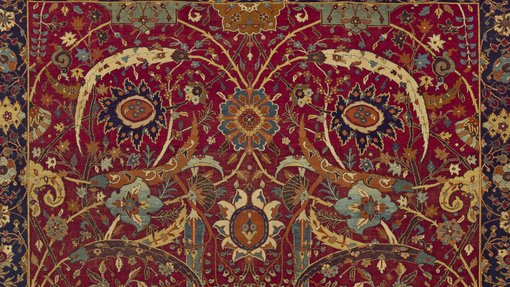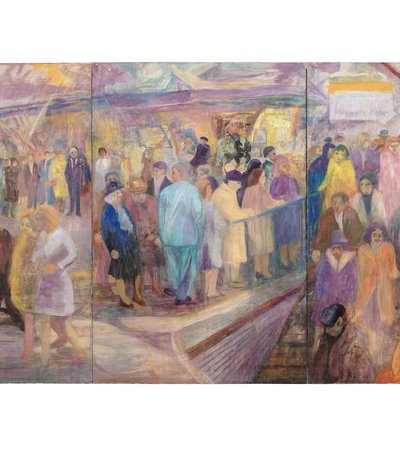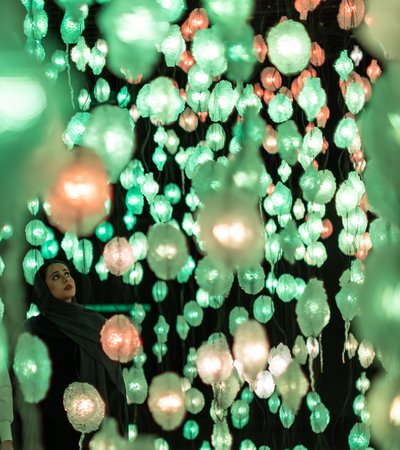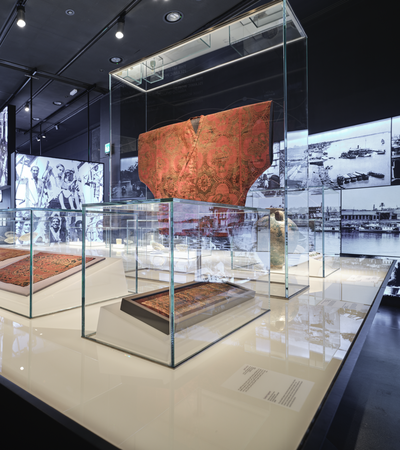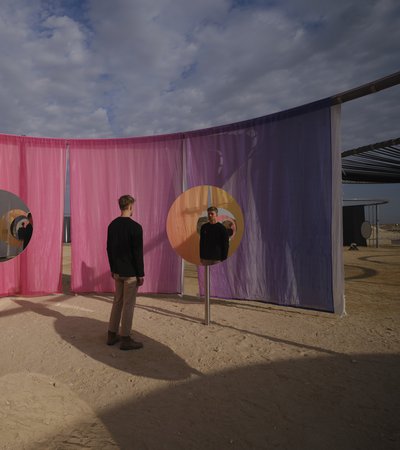Can you tell us about the inspiration behind the exhibition, and how it aligns with the broader context of cultural exchange promoted by MIA?
Nicoletta Fazio: The exhibition was born out of a collaboration between the Museum of Islamic Art and the National Museum of Asian Art in Washington, D.C., which is part of the Smithsonian Institution, during the Qatar-USA 2021 Year of Culture. It came together despite the challenges posed by the pandemic, pairing objects from the Smithsonian collection with some of the treasures from MIA, which are rarely displayed [due to their fragility], so it was a great opportunity.
The curator at the Smithsonian, Dr Massumeh Farhad, is one of the leading scholars and an expert in Safavid Iran, and she's also an extremely generous colleague. It was fun to work with her and to see what she had to say about what we have conceived here.
I would say that this follows the kind of path that MIA has put in place since its inception, and we're very happy with the results because it brings new topics, new experiences and new people working with us. So it's always a learning process, and it's a good one.




